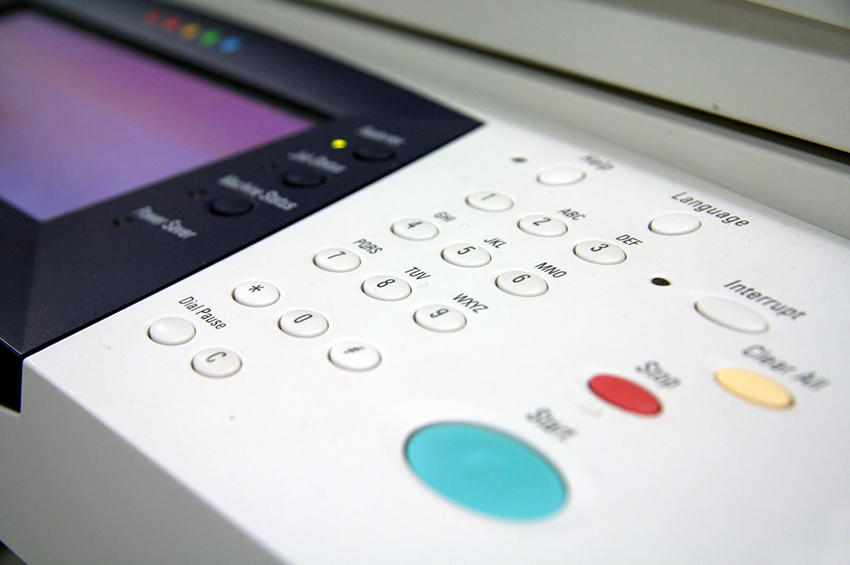
Laser vs Thermal Comparison
COMPARISON CHART for WRISTBANDS
| THERMAL BANDS | LASER BANDS | |
| Durability: | Can be worn for 14 days | Can be worn 3-4 days (according to manf troubleshooting guide) |
| Material: | Durable synthetic (non-latex) | Paper with fold-over laminate |
| Ease of use: | 1 step application Quick loading roll |
5 step, time consuming, and awkward process Confusion with print tray stack IT difficulties printing from wrong tray |
| Price: | Thermal bands cost less No ink/ribbon/toner used |
Laser products cost more + more waste Add cost of toner |
| Barcode quality: | Highest quality possible (100% read rate) |
Hospital pilot had 50% barcode read failure rate |
| Safety: | Simple design resistant to alcohol, water, cleaner | Complicated design not durable and susceptible to water pockets that can breed bacteria |
| Print Speed: | Bands printed in 6 seconds | Laser printers have minimum 15-30 second warm-up period |
| Print Reliability: | No jams Good print alignment |
Bands and labels frequently jam in laser printers Print on laser bands often misaligned |
| Bar-Codes: | DataRay provides BCMA 2D-Barcode Wraparound feature |
Most laser printers do not provide native barcodes |
| Printer Durability: | Only one moving part Very long life |
|
| Softness: | DataRay thermal bands among softest available | |
| Security: | Built-in reapplication prevention security feature |
COMPARISON CHART for LABELS
| THERMAL LABELS | LASER LABELS | |
| Price: | Cost is same not counting waste No ink/ribbon/toner used |
Have reports of more than 50% waste Add cost of toner |
| Ease of use: | Quick loading roll | Confusion with print tray stack IT difficulties printing from wrong tray |
| Barcode quality: | Highest quality possible (100% read rate) | Hospital pilot had 50% barcode read failure rate |
| Print Speed: | 12 Labels printed in 3 seconds (DataRay custom 4-across ‘Label Sheet’ design) |
Laser printer has minimum 15-30 second warm-up period to print first page/band/label sheet |
| Print Reliability: | No jams Good print alignment |
Bands and labels frequently jam in laser printers Print on laser bands often misaligned |
| Bar-Codes: | DataRay provides 2D barcodes for document imaging and EHR-AID solution |
Most laser printers do not provide native barcodes |
| Printer Durability: | Only one moving part Very long life |
Labels ooze glue into mechanics of laser printers causing jams that interfere with normal printing production and require laser rebuild kits and other interventions from IT |
LASER
Laser printers work much like photocopiers; they project controlled streams of ions onto the surface of a print drum, resulting in a charged image. The charged image then selectively attracts toner particles, transferring the image onto the paper substrate by means of pressure. The pressure from the printhead and drum then fuse the image to the paper, creating the image.
Advantages
- Accessible and efficient office document printer
- Document quality is high (except for barcodes)
Disadvantages
- Prints labels in sheets, resulting in waste
- Label and wristband adhesives can ooze from fuser and cause jamming
- Bar codes require more ink, driving up toner costs
- Output susceptible to toner flaking and smudging
- Media typically requires laminate overlay which can lead to bacteria build up and smeared images if not properly placed
THERMAL
Thermal printing is classified as either direct thermal or thermal transfer. The two technologies are suited to different applications. Direct-thermal printers create images by using a printhead to apply heat directly to chemically treated label media. There is no ribbon or ink required. In thermal-transfer printing, the printhead heats a ribbon, which melts the image to the material. Thermal transfer is used for high durability, long-lasting labeling applications. Direct-thermal printing is the technology of choice for most applications. Direct thermal is especially popular for wristband printers, because there is no ribbon to destroy to comply with HIPAA patient privacy requirements.
Advantages
- Designed specifically for label and wristband printing
- Simple wristband design for ease of use
- Media resistant to moisture, soaps, chemicals, temperatures, and bacteria
- Crisp, clear bar code printing with highest rates of scannability
- Print on demand, no waste
- Simple to operate
- Durable and low maintenance
- No toner expenses
Disadvantages
- Printers not readily available in hospitals today.
- Thermal printers accept roll media and cannot print 8 1/2- by 11-inch documents.
